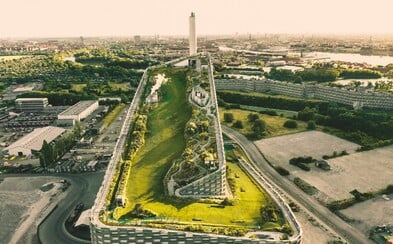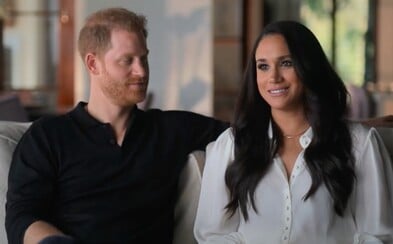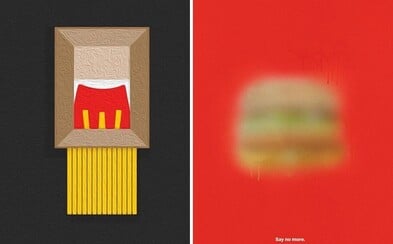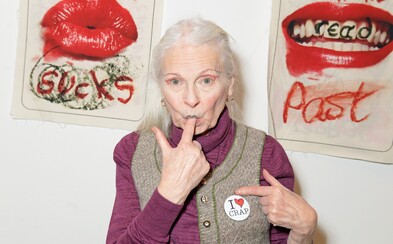 She Visited Elizabeth II. Not Wearing Panties, She Was Named A Lady Anyway. Read How Vivienne Westwood Changed The World
She Visited Elizabeth II. Not Wearing Panties, She Was Named A Lady Anyway. Read How Vivienne Westwood Changed The World
She Visited Elizabeth II. Not Wearing Panties, She Was Named A Lady Anyway. Read How Vivienne Westwood Changed The World
She Visited Elizabeth II. Not Wearing Panties, She Was Named A Lady Anyway. Read How Vivienne Westwood Changed The World
Who Was Queen Elizabeth II.? Almost No One Expected Her To Take The Throne, Yet She Ruled Britain For More Than 70 Years
The late Queen Elizabeth II. came to the throne thanks to a rare coincidence in the royal family.
If problems persis, please contact administrator.
The British Queen Elizabeth II died. She was born in 1926, served in the British Army as a mechanic during the Second World War, ascended the throne in 1953. Despite all doubts, she ruled Great Britain for more than 70 years.
She never went to school like normal children
Princess Elizabeth was born on April 21, 1926 in London. From birth, she enjoyed the pompous life of a member of the royal family who weathered the pitfalls of the First World War and went on to rule Great Britain.
Lilibet, as the Queen was nicknamed, never went to public school, but together with her younger sister Margaret, she was educated by the best available tutors in the land. In her youth, she liked mathematics and history, but her parents Prince Albert (the future King George VI.) and Elizabeth Bowes-Lyon insisted that Elizabeth also learn about art, dance and music.
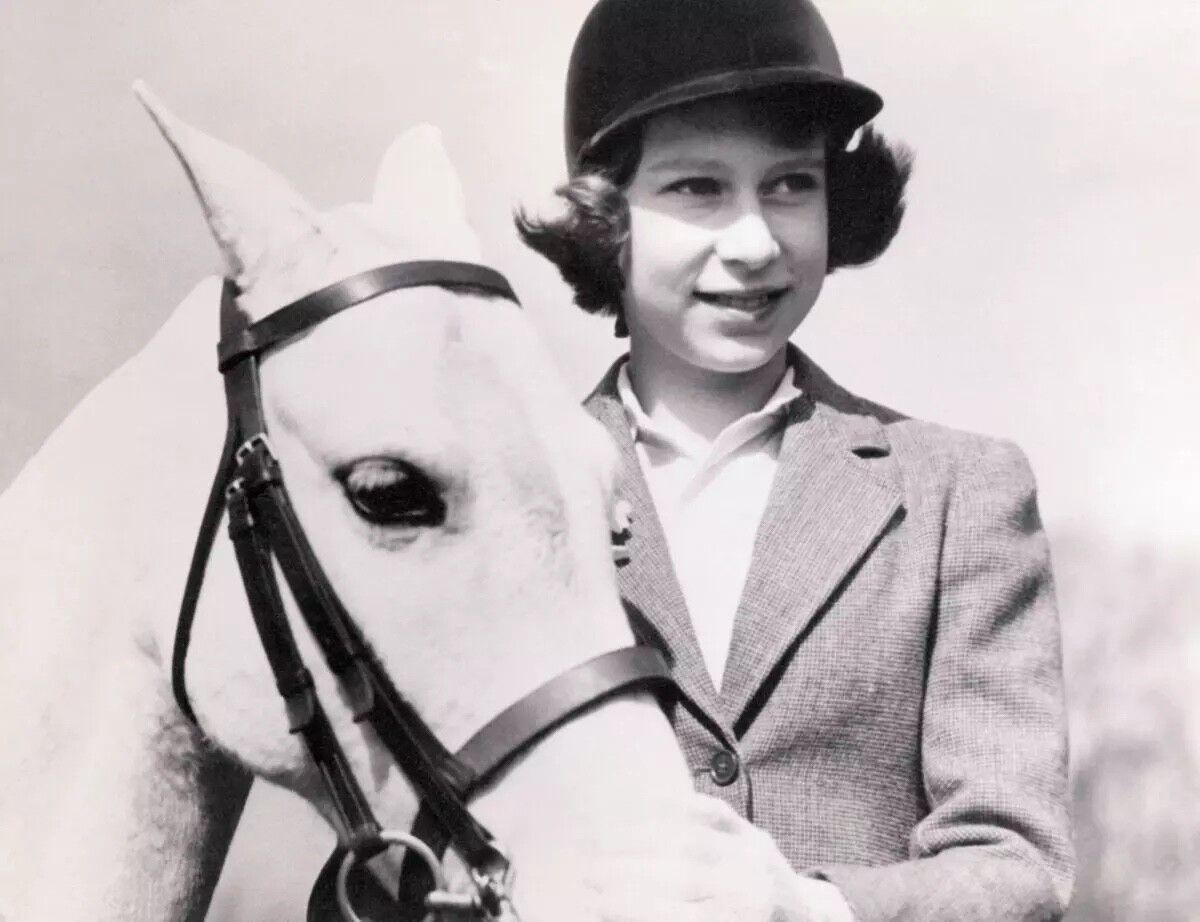
Although she grew up in the closed environment of the royal family, she was not pressured by the public to watch her every move from an early age. Elizabeth was not supposed to become queen and so she enjoyed the royal life in the background.
Everything changed when her uncle Edward decided to abdicate the throne in 1936 because he wanted to marry twice-divorced American Wallis Simpson.
This was out of the question for the royal family and British constitutionalists, and so came the abdication which meant that Edward's brother George VI took the throne. – the father of Princess Elizabeth at the time.
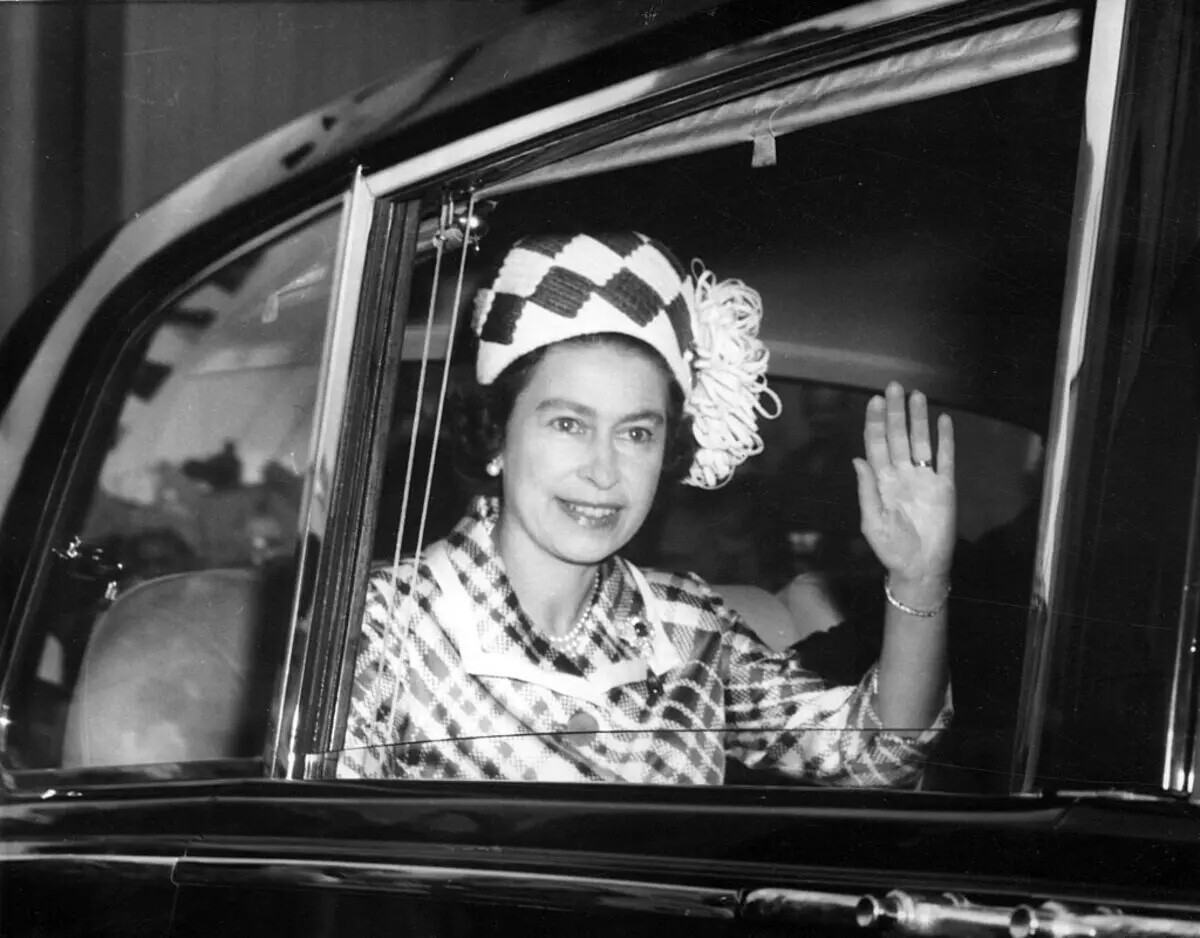
She has long faced gender discrimination in the line of succession
From the moment Elizabeth's father became king, the young princess understood that she had quickly become the first heir to the throne from an unlikely successor. She began to devote herself more to official duties, appearing at social events and standing by her father, who tried to prepare her for a future life in the center of attention of the British and world public.
Even he himself apparently did not expect Elizabeth to ascend the throne so soon. Since the abdication of King Edward, Princess Elizabeth was not "heir apparent", but only "heir presumptive". In practice, according to the BBC, this meant that while the public considered her a likely successor to the throne, if her parents produced a male child, he would take over her claim to the throne.
In the first half of the 20th century, the rule in the British royal family was that the male claim to the throne of the first-born son continued to have more weight than the claim of the daughter, so Elizabeth herself did not know whether a potential sibling would take her throne. He didn't.
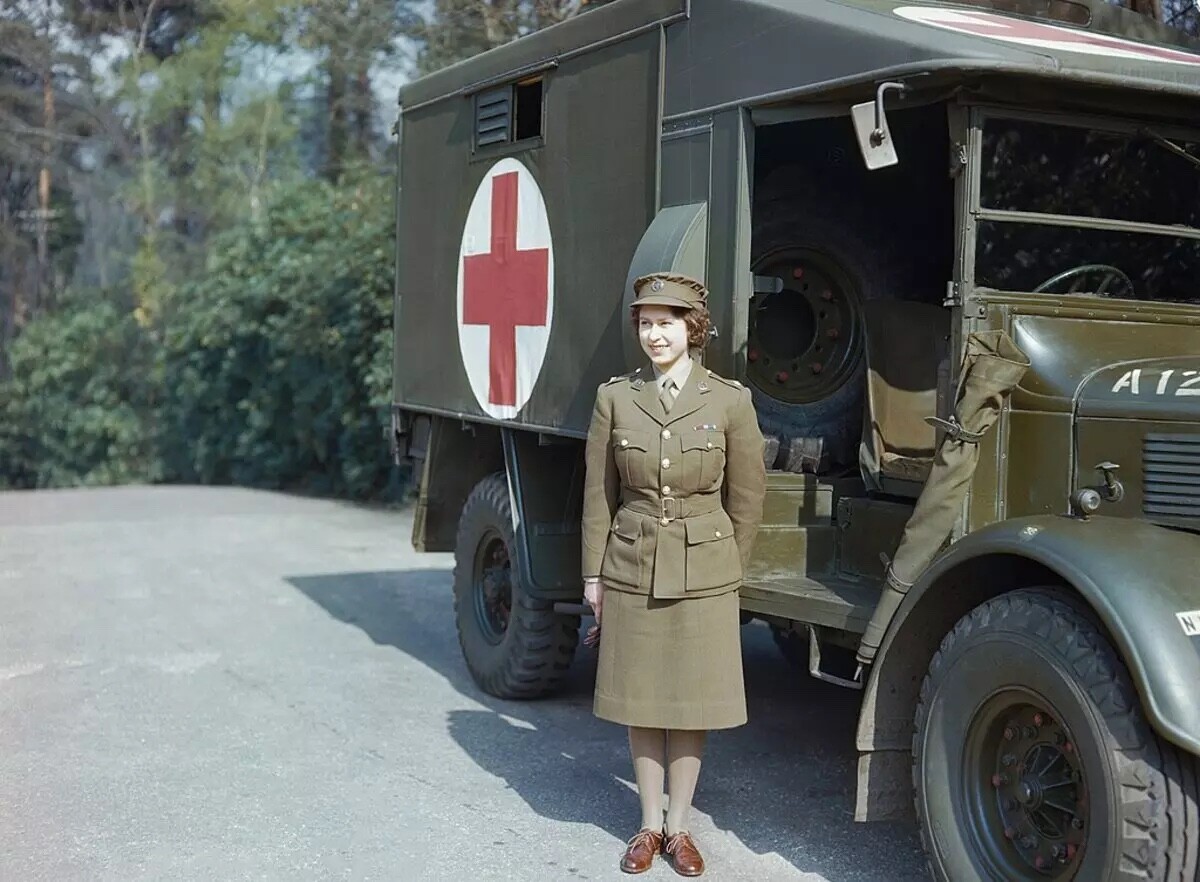
A mechanic in the British Army during the Second World War
After the outbreak of the Second World War, Elizabeth stood by her father's side, who, together with the British government led by Prime Minister Winston Churchill, led Great Britain into the fight for the future of Europe against Nazi Germany. Elizabeth devoted herself more and more to statesmanship.
In 1940, she addressed the British people from the royal seat of Windsor, from where, in a speech at the age of 14, she assured the people that there was no need to fear war because the British would win. "Everything will be all right in the end because God will take care of us and bring us victory and peace," she declared in the speech.
From 1942, the princess commanded the Grenade Guards, an infantry regiment of the British Army. This position was largely symbolic, but Elizabeth did visit the soldiers and inquire about how the regiment was doing.
Shortly before the end of the war, she joined the Women's Auxiliary Land Corps of the British Army, where she trained as a volunteer driver and mechanic. Elizabeth loved to drive all her life, and because of that, the paparazzi often caught her behind the wheel of a car on the estates of the royal family, even in her advanced age.
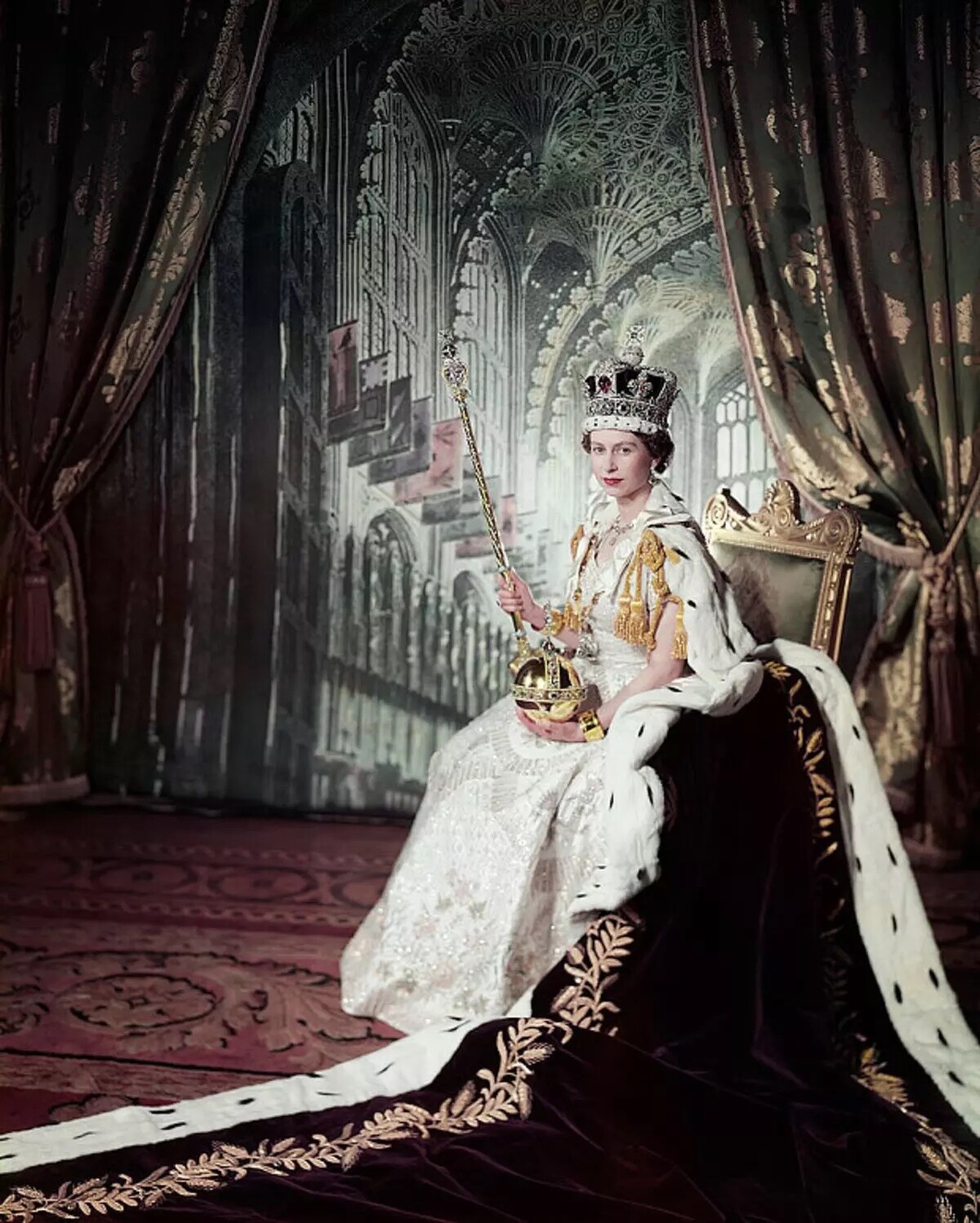
The British Queen at only 25, after the death of her father
The experiences that Princess Elizabeth took away from volunteer service in the army, but also from contact with ordinary people in the last months of the war, in her own words, gave her a new perspective on how British society works. Although she was only 25 at the time of her coronation, her life's journey has made her a mature young woman.
Just after the war, when Britain was only very slowly recovering from its effects, Princess Elizabeth married Philip Mountbatten. He renounced his titles of Greek and Danish prince before the wedding in order to marry Elizabeth, who was incidentally his distant cousin. He received the title of Duke of Edinburgh by marriage.
She ascended the throne in 1952 after the death of her father. King George VI heroically inspired the British to victory in the war, but as Yahoo reports, heavy smoking, cancer and thrombosis overtook him, and cost him his life. A few months later, on June 2, 1953, Elizabeth officially became Queen Elizabeth II. when she was crowned in London's Westminster Abbey.
Since Elizabeth ascended the throne, she has guided Great Britain with a firm hand, taking care of her family and maintaining high popularity among the common people for a long time. It didn't take long for her to win even the biggest doubters on her side and soon she became an icon of Great Britain.
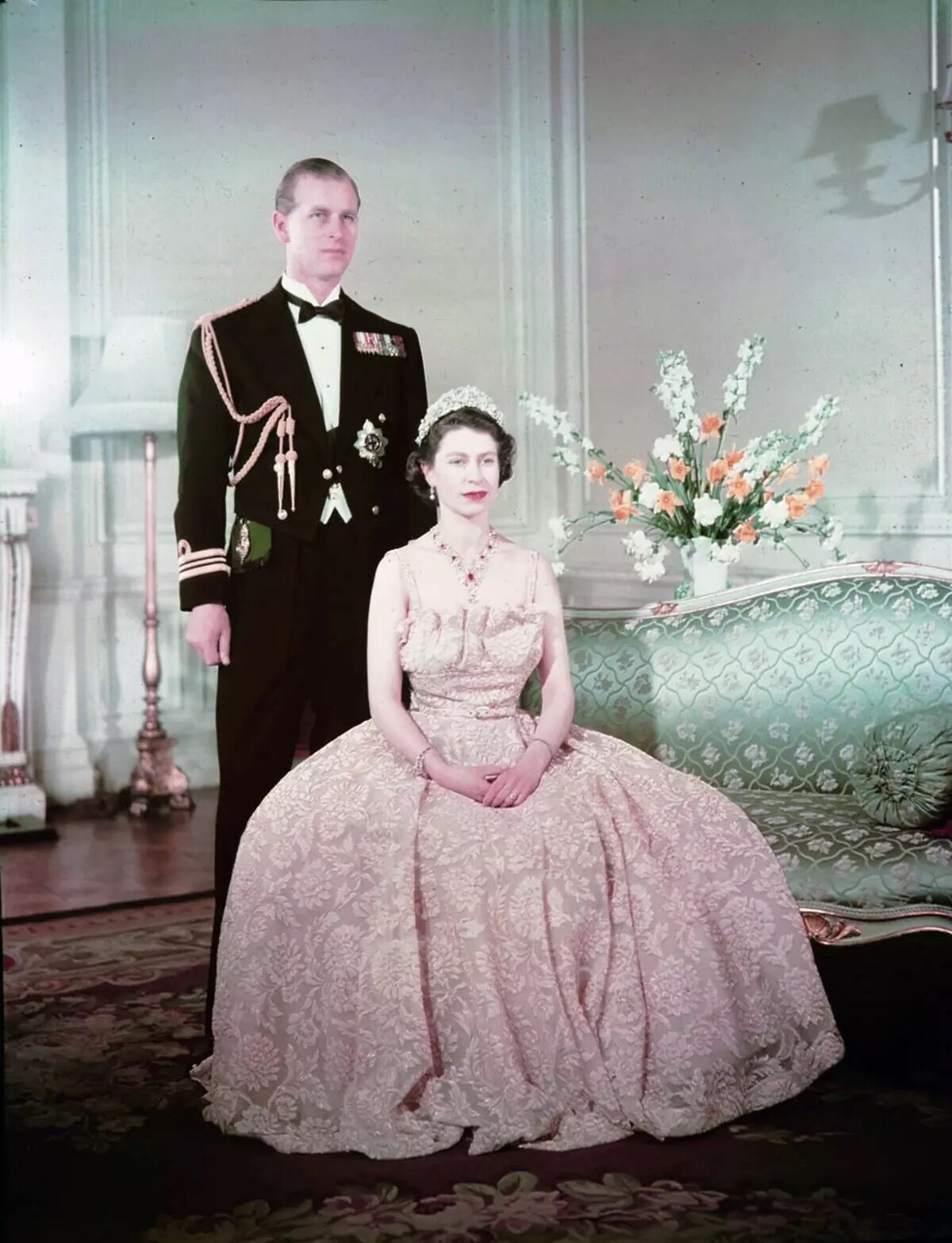
A symbol of the monarchy that solved divorces and quarrels
The following decades were borne in the spirit of the monarch, who loses her political importance and power every year, yet retains an important role at the head of the state. Together with her husband Philip, she went to the United States of America for the first time in 1957, where she addressed the countries of the world at the UN General Assembly.
She and Philip had four children - Charles was born in 1948, Anna was born in 1950, and after a ten-year break, son Andrew was born in 1960 and Edward four years later. Prince Charles became the official heir to the throne in 1969, when Elizabeth II. conferred him the title of Prince of Wales.
This act, as well as the coronation of the Queen herself, was broadcast on British television, so footage from London traveled around the world. The awarding of the title of Prince of Wales to son Charles was watched by hundreds of millions of viewers on television.
It was no different in 1981, when Charles married Diana Spencer, who became famous as Princess Diana. The then 32-year-old prince married 19-year-old Diana. The union fell apart within a few years and Diana tragically died in a car accident in Paris in 1997.
She ended royal gender discrimination
The Queen has become an inspiration and symbol of the monarchy for millions of people over the long decades of her reign. In 1993, she opened Buckingham Palace to the public for the first time, and in 1998 she announced that the British monarchy would end gender discrimination in the succession to the throne, and men would no longer automatically have priority over women.
During the coronavirus pandemic, the Queen made a rare address to the nation to tell Britons that "this time we will unite with nations around the world in a common goal, using advances in science and our instinctive compassion to heal and treat," according to CNN.
Deterioration of health
In September 2022, news leaked to the public that Queen Elizabeth II. is struggling with health problems, informs BBC.
Since July of this year, the Queen has been spending her days in the Scottish mansion of Balmoral. Unusually, it was there that she commissioned the new British Prime Minister, Liz Truss, to form the new British government. Truss took over after Boris Johnson resigned and she won an internal Conservative Party election.
The Queen used to grant credentials to future Prime Ministers directly in London's Buckingham Palace, but this time her health did not allow her to travel back to London, so the act took place in Scotland.
The Queen Elizabeth II. died on 8 September aged 96, a year and four months after the death of her husband Prince Philip, Duke of Edinburgh. According to the current line of succession, her eldest son Prince Charles will take the throne.
If problems persis, please contact administrator.


